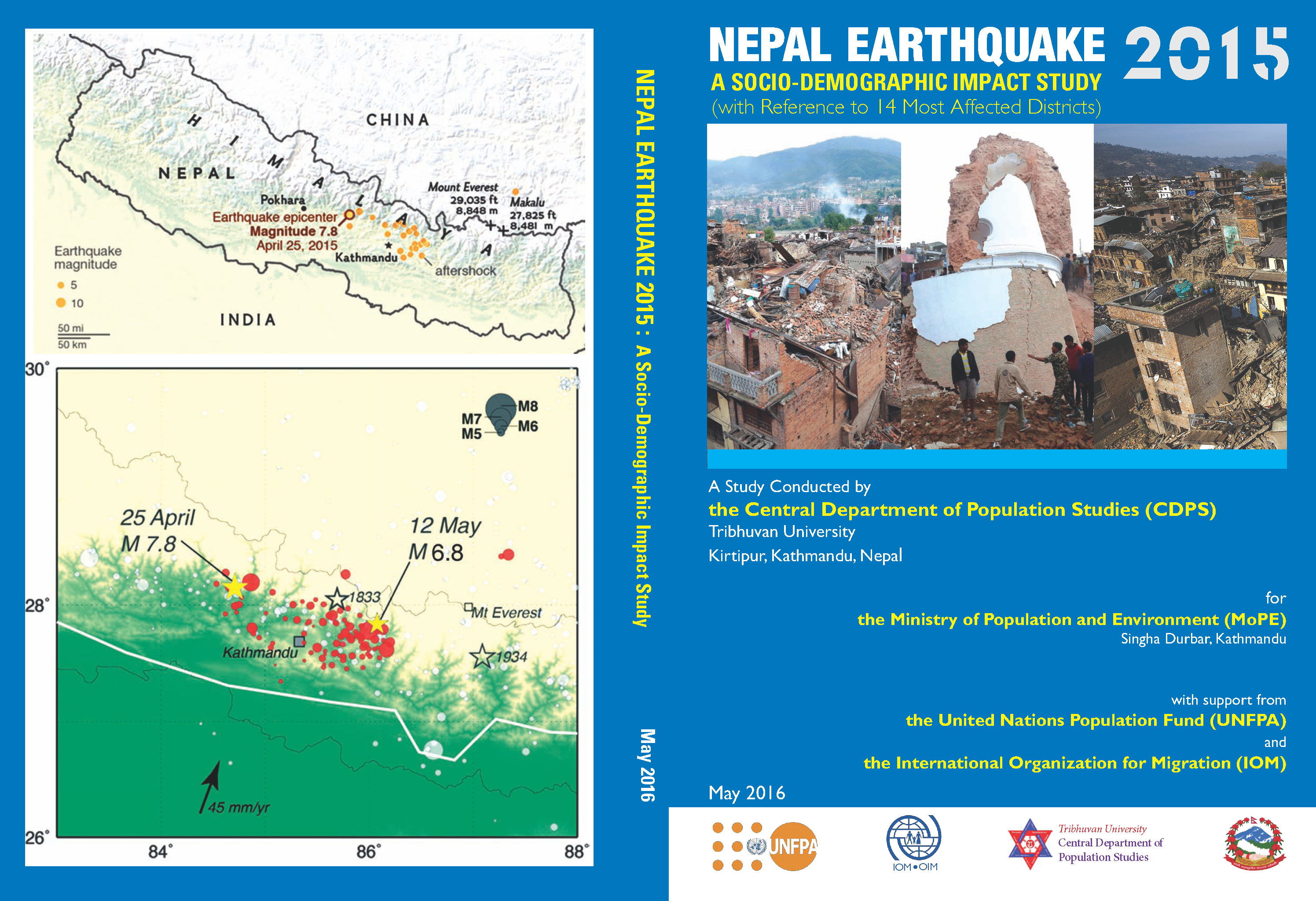You are here
New Releases
A Situation Report on Nepal Floods 2017
This report on the situation of floods in Nepal (as of 20 September 2017) is produced by Office of the United Nations Resident Coordinator Nepal in collaboration with humanitarian partners. It contains key data, and humanitarian response carried out so far in the flood-affected districts.
Ending Child Marriage in Nepal
Nepal has one of the highest rates of child marriage in Asia – for both girls and boys. Although the legal age of unions for both sexes is 20, more than a third of young women aged 20-24 report that they were married by the age of 18, and just over one in ten by 15. Nepali boys are among the most likely in the world to be child grooms. More than one in ten is married before they reach 18. UNFPA and UNICEF are working together to help end child marriage in Nepal. This publication is a communication material related to the joint programme.
Youth Involvement in the Peaceful and Sustainable Development of Nepal
The current generation of youth are the most highly educated in Nepal’s history, but find it difficult to find jobs corresponding to their skills. An analysis of youth and peacebuilding studies in Nepal indicated that Nepali youths face challenges in terms of “lack of economic opportunities and resources, they are underemployed and do not have proper access to education”.
The current generation of youth are the most highly educated in Nepal’s history, but find it difficult to find jobs corresponding to their skills. An analysis of youth and peacebuilding studies in Nepal indicated that Nepali youths face challenges in terms of “lack of economic opportunities and resources, they are underemployed and do not have proper access to education”.
Nepal Floods 2017: Dignity Kits
When a disaster like Nepal floods strikes, UNFPA ensures that the reproductive health needs and protection concerns of women and girls are integrated into emergency responses. One of the ways in which UNFPA has been supporting women and girls affected by the devastating floods in Nepal on 12 August 2017 was by providing Dignity Kits. This infographic shows what materials contained in the Dignity Kits that UNFPA distributed in the 10 districts hit hard by the floods.
Family Planning National Programme Profile
The family planning national programme profile of Nepal (as of 6 July 2017) provides an overview of some key issues around access to family planning, particularly commodity security.
Population Situation Analysis of Nepal
The year 2014 marked the end of the successful implementation of a 20-year Programme of Action (PoA) endorsed by the International Conference on Population and Development (ICPD) held in Cairo in 1994. In September 2014, in its resolution 65/234 on the review of the implementation of the PoA of the ICPD and its follow-up beyond 2014, the General Assembly underscored the need for a systematic, integrated and comprehensive approach to population and development, one that would respond to new
challenges relevant to population and development and to the changing development environment, as well as reinforce the integration of the population and development agenda in global processes related to development. At the United Nations Sustainable Development Summit on 25 September 2015, world leaders adopted the 2030 Agenda for Sustainable Development, which includes a set of 17 Sustainable Development Goals (SDGs) to tackle pressing global issues by 2030. The National Planning Commission (NPC) of Nepal produced a national preliminary report in 2015. Nepal is also aspiring to graduate from the least developed country (LDC) to a middle-income country by 2030, the SDG indicators set by the Government of Nepal will help achieve these goals.
Against this backdrop, this report on Population Situation Analysis (PSA) of Nepal has been prepared to provide a sound basis for evidence-based policy dialogue for integrating core population dynamics issues in the new sustainable development plan of the Government of Nepal to ensure that ‘no one is left behind’. This report draws on Nepal’s demographic transition and resulting population momentum using key demographic variables for the next 15 years (2016-2030) in the context of the new federal structure of the country. The evidence is generated using the five thematic pillars of population and development to inform integration of key population dynamics issues in national development priorities to harness the demographic dividend and realize national SDGs.
The major sources of data used in the analysis include population and housing censuses, demographic and health surveys, multiple indicator cluster surveys, living standards surveys and relevant management information systems data. Besides, a wide range of published research and study reports have been reviewed. Where appropriate the quantitative data and indicators that have been presented are accompanied by meta-data underpinning the interpretation of the levels and trends implied by the data.
दिगो विकास लक्ष्यहरू, मेरो जिम्मेवारी
Integrated Training Package on Emergency Preparedness and Response for Rapid Response Team
Nepal is a disaster-prone country and faces various types of natural and manmade disasters, the most frequent natural disasters being floods and landslides. Nepal also lies in an earthquake-prone zone and the 2015 earthquake was a devastating one. All these disasters not only cause deaths and casualties, but also displace people and cause infrastructural damage. Keeping this in mind, this Integrated Training Package on Emergency Preparedness and Response for Rapid Response Team (RRT) was drafted to enhance the emergency response capacity of RRT members during any kind of disaster, crisis or emergency. This publication was prepared by the Epidemiology & Disease Control Division (EDCD) with technical and financial support from the United Nations Population Fund (UNFPA) and Nepal Red Cross Society (NRCS).
अब्स्टेट्रिक फिस्टुलाबारे जानकारी

Nepal Earthquake 2015: A Socio-Demographic Impact Study